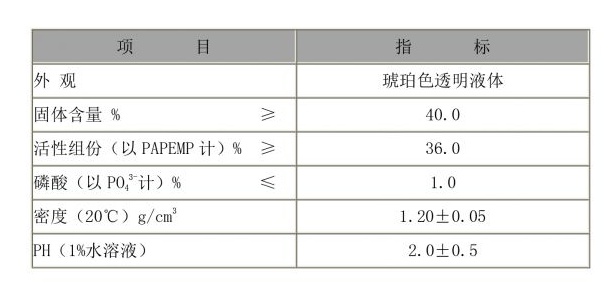Understanding the Properties and Uses of Chloro Methyl Isothiazolinone in Industrial Applications
Chloro Methyl Isothiazolinone An Overview of Its Properties and Applications
Chloro Methyl Isothiazolinone (CMI) is a widely used biocide that has gained significant attention in various industries due to its effective antimicrobial properties. As a member of the isothiazolinone family, CMI is primarily utilized as a preservative in cosmetics, personal care products, and industrial applications, effectively preventing microbial growth and ensuring product longevity.
Chemical Structure and Properties
Chloro Methyl Isothiazolinone features a chemical structure that allows for its potent biocidal action. It is characterized by the presence of a five-membered ring containing both sulfur and nitrogen atoms, which are integral to its mode of action. CMI acts primarily by disrupting the cellular processes of various microorganisms, including bacteria, fungi, and yeast, leading to their death or incapacity to reproduce. This makes CMI a valuable component in formulations where microbial contamination is a concern.
Applications in Personal Care and Cosmetics
One of the most common applications of CMI is in the cosmetics and personal care industry, where it serves as a preservative in products such as shampoos, conditioners, lotions, and creams. The primary purpose of incorporating CMI into these products is to prevent the growth of bacteria and fungi that could compromise product quality and safety. Given that many of these products contain water, which is a medium for microbial growth, the use of effective preservatives like CMI is vital.
However, despite its effectiveness, CMI has faced scrutiny regarding potential health risks. Sensitization and allergic reactions have been reported in some individuals, especially with repeated exposure. Consequently, regulatory bodies have imposed concentration limits on CMI in cosmetic formulations to ensure consumer safety.
chloro methyl isothiazolinone

Industrial Applications
Beyond personal care, CMI is also widely employed in industrial settings. It is a common additive in paints, coatings, and adhesives, where it helps to inhibit microbial growth that can lead to deterioration of the product over time. Additionally, CMI is utilized in paper manufacturing and cooling water systems, helping to maintain product integrity and prevent fouling caused by microbial infestations.
Safety and Environmental Concerns
As with many chemical preservatives, there are growing concerns regarding the environmental impact and safety of Chloro Methyl Isothiazolinone. Studies have indicated that CMI can be toxic to aquatic ecosystems. As such, its use has come under increased scrutiny, leading to ongoing research to understand its long-term effects on both human health and the environment. Alternatives to CMI are being explored, including natural preservatives and other synthetic compounds that may pose fewer risks.
In response to these concerns, manufacturers are required to adhere to strict regulations governing the concentration and usage of CMI in products. The European Union, for example, has established guidelines to limit its concentration in cosmetic products, promoting a balance between effective preservation and consumer safety.
Conclusion
Chloro Methyl Isothiazolinone remains an essential ingredient in numerous applications due to its potent antimicrobial properties. While its effectiveness as a preservative in cosmetics, personal care products, and industrial uses is well established, growing health and environmental concerns necessitate careful regulation and the exploration of safer alternatives. As consumers become increasingly aware of product ingredients, the future of CMI may depend on the development of more sustainable and less hazardous biocidal agents. The challenge for manufacturers will be to maintain product efficacy while ensuring consumer safety and environmental responsibility.
-
Water Treatment with Flocculant Water TreatmentNewsJun.12,2025
-
Polymaleic AnhydrideNewsJun.12,2025
-
Polyaspartic AcidNewsJun.12,2025
-
Enhance Industrial Processes with IsothiazolinonesNewsJun.12,2025
-
Enhance Industrial Processes with PBTCA SolutionsNewsJun.12,2025
-
Dodecyldimethylbenzylammonium Chloride SolutionsNewsJun.12,2025





